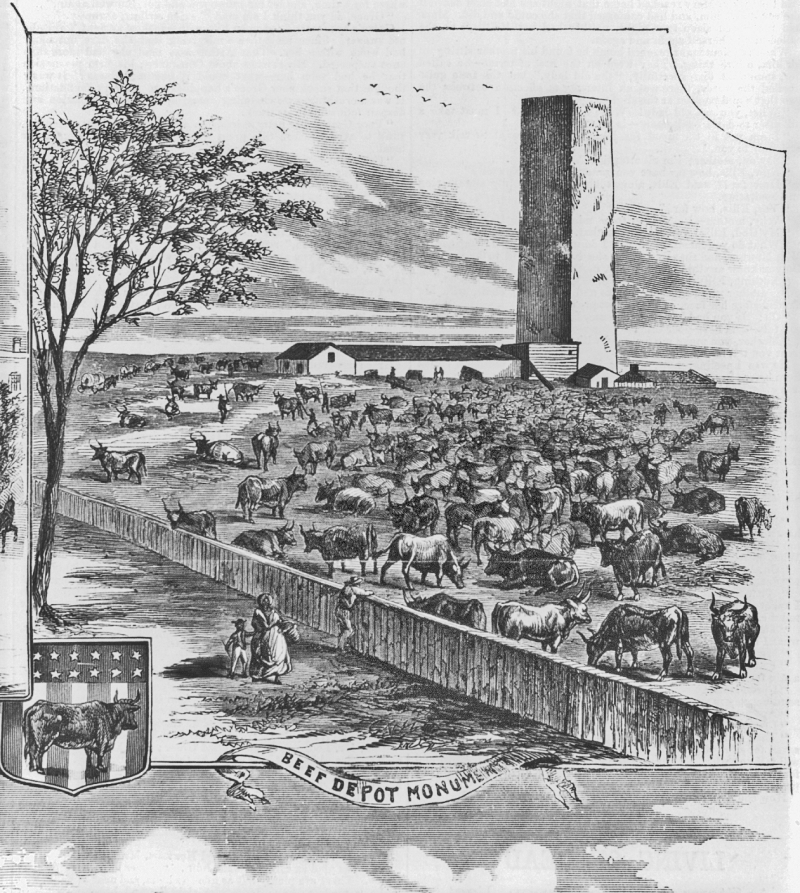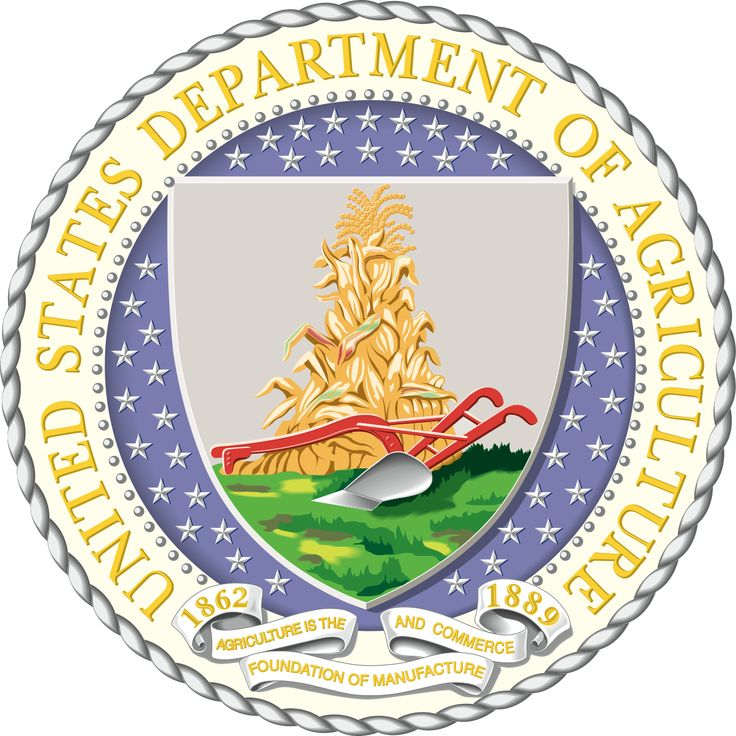Creation of the Department of Agriculture in 1862
The North was primarily agricultural, despite the fact that the states that upheld the Constitution during the Lincoln Administration had a bigger industrial base than the Confederacy. More over half of the population was employed in agriculture-related trades and businesses or worked on farms. Lincoln proposed "The People's Department," a brand-new department of the federal government.
Lincoln stated, "While I offer no suggestions as to details, I venture the judgment that an agricultural and statistical bureau might profitably be created," in his first annual message to Congress on December 3, 1861 (equivalent to today's State of the Union Address). Lincoln requested Congress to enact a law that would have allowed him to establish a Department of Agriculture below the Cabinet level. Lincoln approved the Act on May 15, 1862, after Congress gave its approval.
Isaac Newton was chosen by the president to serve as the first commissioner of agriculture. Newton, a dairy farmer from Pennsylvania, pushed for telegraphing daily weather reports across the country. Additionally, he established an experimental farm in Washington, D.C., on what is now the National Mall, which is visible from Lincoln's White House, for the study of novel crops and agricultural practices. Lincoln's law continues to serve as the legal framework under which the Department of Agriculture is currently governed. It was given full Cabinet rank in 1889.












